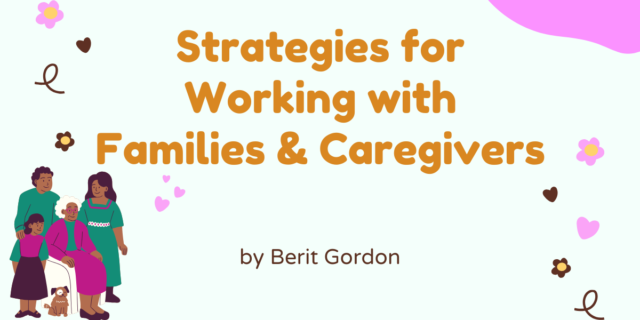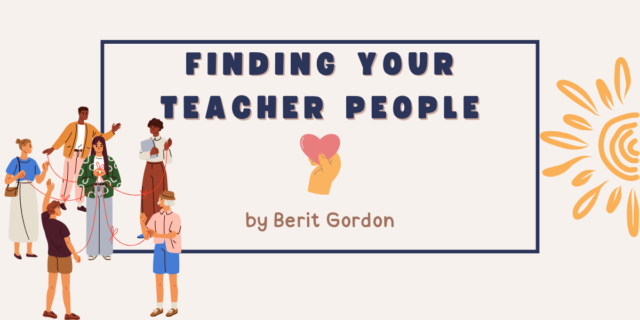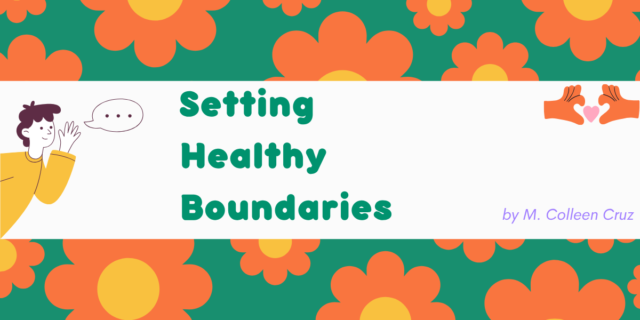
When we look at our endless list of things to do, something has to give. For many of us, one of the first things to go to the bottom of the list is sleep. And yet it should be one of the things we work hardest to protect.
We know that when our body sleeps, our cells heal and grow, our muscles strengthen. Perhaps of most interest to an educator who is trying to make few high-stakes mistakes and open themselves up to more good mistakes, according to the National Sleep Foundation:
One of the vital roles of sleep is to help solidify and consolidate memories. As we go about our day our brains take in an incredible amount of information. Rather than being directly logged and recorded, however, these facts first need to be processed and stored; and many of these steps happen while we sleep. Overnight, bits and pieces of information are transferred from more tentative, short-term memory to stronger, long-term memory— a process called ‘consolidation.’
When I think of the bad mistakes educators have shared with me, as well as my own mistakes, I become acutely aware of how many of them are likely the result of being tired. And when I think about the time I paused, didn’t take that extra risk or reflect on a mistake I just made that could have led to a new discovery, I also have to admit it was likely fatigue that caused me to miss that opportunity. Sleep is one of the most powerful and least cost-prohibitive forms of self-care that we can and should indulge in if we are serious about revolutionizing the role of mistakes in our practice.
I say this knowing what a hypocrite I am because I am writing this sentence after midnight on a Saturday night, knowing full well my children will be getting up with the sun and every second I spend on this keyboard is another second less sleep I will get. But I also write this owning that sleep is one of the hardest things for many of us to prioritize. We only have so many hours in the day and for many of us one of the few quiet times we have to sit and think is either late at night or early in the morning. And when we’re not pushing ourselves to stay up late or wake up early, insomnia can become a problem. All professions can impact sleep. I hear a few common themes when I ask educators about what gets in the way of their sleeping. See if any of these sound familiar (Figure 3–4).

We need to regularly talk to our students about self-care and model it for them. How many of us have been told to wear our love of learning on our sleeves? To hang the titles of the books we’re reading on classroom doors, share our favorite algorithms, talk about the space lecture we went to at the planetarium last weekend? We are encouraged to do this because we know that students watch us closely. They learn more from our day-to-day actions about what it means to be a learner than our perfectly crafted lessons. We need to add visibly modeling self-care to our regular practice. Instead of saying, “Your papers need to be in by Friday so I have time to grade them all,” you might say, “It’s important for me to have some time on the weekend to spend time with my friends and unwind a bit. I have set up the deadline for Friday so that I can break your papers into groups and space them out equally across the next week so that I can balance reading them and giving you well-deserved feedback and maintaining my downtime.” Or you might talk openly about the stress you feel in the room—perhaps because of testing or a very busy schedule—saying something like, “You know what, I have been noticing I’ve been so busy I haven’t been eating that well recently and have skipped my regular workouts. I think I’ve been a little more impatient with you than usual because of it. I thought it was because of all that’s going on. And I’m sure that’s part of it. But it’s also true that I’m not doing anything to help myself relieve the stress.” You might consider unpacking guidelines you’ve always given, not as a rule to follow or because students “need to learn responsibility” but rather because it is a way for you to take care of yourself and be more present for them. For example, when you give students hours they can call or email or come to class for help with work, tuck in that having those set hours allows you to be fully present when you’re there, and fully off duty when you’re not.
We need to advocate for services and opportunities for them so that they are both cared for and learn how to take care of themselves. Although we are working on helping to provide the services and skills students and their families need, hopefully we also take time to reflect. Most of our students, just like most of us, need support with care and self-care. This is true regardless of the reputation of the community they are in. Whether the community is known for wearing exercise gear to drop-off and growing a garden for the cafeteria salad bar or known for kids making their own way to school and packing their own lunches, or something else altogether, it would be foolish to assume that any community, regardless of the caregivers’ strengths and experiences, contains only experts at balancing self-care with other responsibilities. I worked as a staff developer for several years in a school populated with students from families who seemed very much tuned in to the latest research, trends, and suggestions for ways to best support student learning. Yet, when the teachers and I began to discuss self-care, we realized that making space for downtime or free play in a child’s day was not something all of the families prioritized. We also realized that more students than we cared to admit were not getting enough sleep. When teachers surveyed families and students about their self-care habits (a similar survey to the one you tried earlier), they were not surprised to discover that many of the students who had a hard time focusing in class, had quick tempers, or had difficulty retaining information also had disrupted sleep, little free time, or inconsistent meal schedules. It became clear to these teachers that simply telling the students about healthy habits wasn’t enough. It’s important to note that healthy models of self-care are not more prevalent in households from certain neighborhoods, cultures, or socioeconomic classes than others. For many students, the adults in their lives are stretched too thin for many different reasons, and if they do engage in self-care, it might not be as visible or as discussed as would be helpful for learning purposes. The teachers who did the surveys were more committed to the need to transparently model how being a lifelong learner includes not only being an avid reader and hard worker and cultivating curiosity about the world, but also having a healthy balance of self-care that made it possible for them to take more intellectual risks.
It can be difficult to know what students’ self-care or caregiver care looks like. It is tempting to rely on assumptions, stereotypes, and overheard conversations, but you might decide to give a survey similar to the one above, tailored to the information and the language that would be accessible to your students and their families. For younger students you might create a survey that students fill out with their families. For older students you might create two: one for the students and one for the caregivers. As you look over the results, consider what new insights you garner from your students. Many of us will find ourselves contemplating good days and tough days and developing a much more knowledgeable and likely compassionate response to our students’ mistakes based on what we now know.
I, perhaps like you, was raised by a family who touted the importance of self-sacrifice, taught by many teachers who were honored for it, and embraced a certain nobility and pride that came from my own lack of self-care. It is a hard habit to break, especially when it feels so honorable.
Yet, when I look at students, see them pushing past exhaustion, hear them talking about the number of energy drinks they are drinking to get their homework done, see them cramming food into their mouth while literally running to class, I know that I would never tell them those were OK choices. Instead, I might first ask if a student is getting enough sleep if I notice their work is riddled with mistakes. Your colleague might keep a box of granola bars and a bowl of fruit for kids who are hungry. You choose not to make kids carry embarrassing bathroom passes to shame them for using the toilets. Knowing that we want students to prioritize themselves so that they can do what they most want and need to do, we also need to own that we must prioritize ourselves for that to truly happen.



